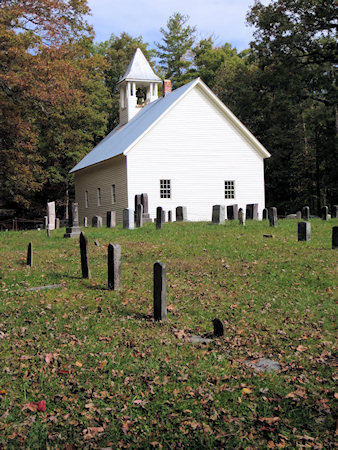
I know – I’m too late for Halloween.
But whatever the time of year – I do love graveyards. Old graveyards.
Whether it’s a Neolithic burial mound, a stone cross on the moors or a marble mausoleum, each has stories to tell.
It should therefore not be any great surprise that a certain amount of my Appalachian Mountains holiday was spent in graveyards.
The address of the log cabin where we stayed was Scruggs Cemetery Lane. It was interesting that the cabins website doesn’t actually mention that. Perhaps they were afraid of putting people off.
Not me.
The evening we arrived, we were exploring the woods around our cabin. We were, I admit, carrying bottles of beer and that’s how we walked into the cemetery.
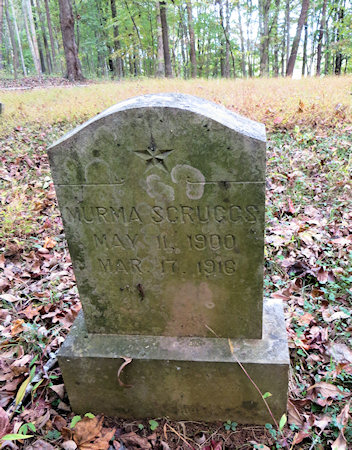
My first thought was that we were in the opening scene of a Stephen King novel – and before the vengeful ghosts could take offence, we put aside our beers.
The cemetery itself was fascinating. It appeared all the graves were members of the same family – the Scruggs family who were among the early settlers here.
We found one that had a different name. It was set off to the side, so perhaps it was someone who married into the family. The earliest date we could see on the fallen and weathered stones was 1893.
A local resident told us there are still family members living in the area. They visit the cemetery a couple of times a year to care for it. That was obvious in the recently erected stones that marked much older graves.
I have to say, there would be worse places to lie at rest that in that quiet woodland.
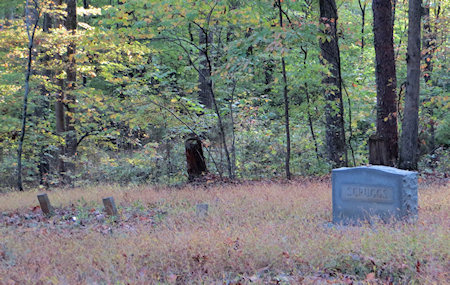
We came upon another graveyard in a church at Cades Cove – the historic settlement in the Great Smoky National Park.
The church was one of three in a community that, at its peak, had about 125 families living there.
The gravestones told some poignant stories.

Life was tough for these early mountain settlers, but it seemed that if a child survived to adulthood – they could look forward to a long life. A remarkable number lived close to a hundred years – sometimes more. And without the sort of medical care we have today.
I wonder if their lifestyle – hard work, simple food, good moonshine – had anything to do with it.
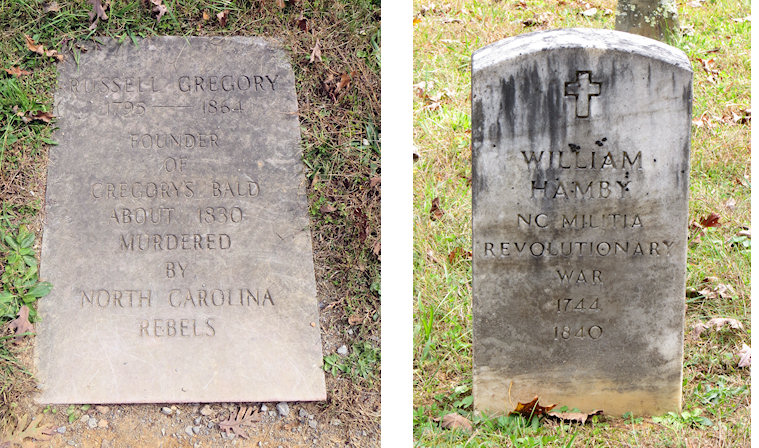
Many of the people who lived in the Cove were poor – too poor to pay for a fancy gravestone. And their lack of schooling showed in the markers they carved when tragedy struck.
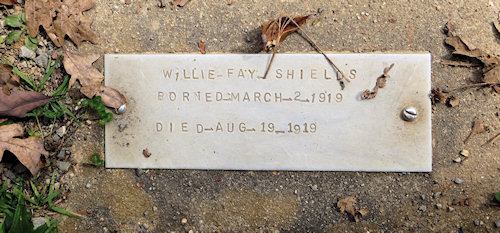
I found the graveyard quite moving.
Many of the stones are now too old and weathered to read… names are forgotten – but the stories never will be.

Comments
15 responses to “Stories from beyond the grave”
Janet, I thought I was the only nut who made graveyards a necessary part of any trip. Try and check out Nantucket, there is a gravestone there that literally defames the unfortunate woman in the grave. The man who paid to have the long list of her faults carved into her headstone…her husband…probably paid more to the stonemason then he ever spent on his unfortunate wife. The poor woman probably died to get away from him.
And I’m not even going to get started on New Orlean graveyards. Would it be wrong to say…I love them.
Gemma Jacksono
Gemma – I am going to New Orleans next year for the RT convention… I hadn’t thought about it until you mentioned it – but yes, I must check out some graveyards there. Can you recommend the most interesting?
Janet
We went to the Cades Cove cemetery last year and totally agree with you – it’s very moving and a lovely spot
I really enjoyed Cades Cove, Angela. When we planned the trip to Tennessee, we didn’t know about it. But a local told us we should go and we changed our plans to fit it in. I am so glad we did. It was a highlight of the trip.
I, too, adore graveyards. During a family holiday to New Zealand as a 12-year-old I drove my family crazy by insisting we visit every graveyard we passed so I could get inspiration, and names, for my stories.
I love your pictures, Janet. It looks a very peaceful place to have one’s final resting place. And such tragic stories, too.
Of course – cemeteries would be wonderful places for names when writing historicals. They are so very inspirational – even for a contemporary writer like myself.
A great post, Janet! Yes, cemeteries are very moving and so interesting – sad about the babies that didn’t even have names!
The babies’ headstones were just so sad. And the families that lost several babies. How devastating that must have been. But despite that the cemetery wasn’t really a sad place. Peaceful – but not sad.
I too find them fascinating! It’s a place that’s both peaceful yet heart breaking. I always bow my head and say a small prayer whenever I pass or see a graveyard. I don’t know why, no one else in my family does it either, yet I’ve always done it.
I’ll be in New Orleans for RT too! I think I’ll be there for the weekend though and for the signing. Will you be attending the signing Janet? I can bring my Little Black Dress Books for you to sign!
I always try to show respect in graveyards – even when I’m being a tourist. I think it’s the proper thing to do.
We must try to meet at RT, Chanpreet. I will be there for the whole conference. I’m actually giving a workshop on how to do media interviews. And Choc Lit (my publisher) is planning a reader event too. I am not at the signing – but will have copies of my new book Flight to Coorah Creek there.
And I would be most happy to sign your copies of my LBD books. Signing books – particular for someone who enjoyed them as you did – is always a great pleasure.
Oh my goodness! I’d love that! I’ve pre-ordered my copy of Flight to Coorah Creek so I should have it with me too. I do follow your blog, but what would be the best way to reach you to set me a time and place to meet closer to RT?
We will figure it out, Chanpreet. My e-mail is on the Contacts page on the website – so we can start there. I need to wait until I see the schedule for my workshops and appearances – then we’ll sort it out. See you in N.O.
Sounds like a good plan to me! See you in NO!
Beautiful photographs Janet. Thank you for sharing them.
This year on holiday in New Mexico, we found ourselves visiting a cemetery just outside Taos. All the grave stones had been decorated in the ‘Day of the Dead’ style, which is something I have always found fascinating. How good is it to celebrate the lives of loved ones who have passed away? It seems more respectful somehow.
xx
I am always interested in how different cultures deal with death. When we lived in Hong Kong – I was so impressed by the Qingming festival – also known as tomb sweeping day. Families went to the cemeteries to honour the dead – but also to teach the children about their past. It was a day of celebration, not of mourning. Apparently it’s also the day courtships often begin… which is a very positive way of honouring one’s ancestors.